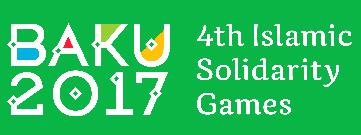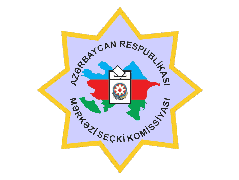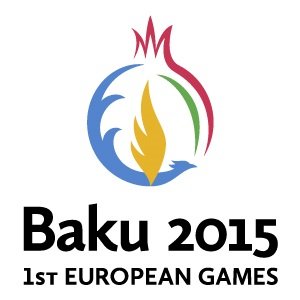-
Address:Sharur, AZ6821
The sanctuary of "Parchy Imamzade" – In Hanlyglar village of Sharur region there is a sanctuary named «Parchy Imamzade», belonging to XVII-XVIII centuries. Earlier this territory consisted of separate villages – Hanlyglar and Parchy. The village Parchy is located to the left of Arpachay river bank, in 8 km to the southeast from the city of Sharur, nearby the railway station "Dasharkh". The sanctuary is in northern part of village. It consists of the big building with a dome, constructed of baked brick. In a sanctuary there is a Muslim tomb, inscriptions on which were cleaned for unknown reasons. These inscriptions were in Arabic. Inhabitants of the village moved here from other places, and for this reason nothing is known about this tomb. According to devout old residents from nearby villages, the tomb in the sanctuary belongs «to Shahzade Ibrahim Musa». In 1928 the sanctuary was visited by Nakhchivani researchers, who have read on a tomb an inscription «Ibrahim ibn Musa», made in the Arabian language. In the information directory published in 1988 under the name «Parchy Imamzade» it was informed that the tomb belongs «to Musa Ibrahim». But who was this Musa Ibrahim? In 1930 the museum of local history was established in Nakhchivan, where various manuscripts (scientific historical articles) have been collected. With that end in Baku the magazine named «Way of perception of Azerbaijan» has been published. In this magazine there was an editorial under the name «Notes about travel to Sharur district», telling about Parchy Imamzade and written by Muhammad Rasizade, the cousin of H.Javid. From article it becomes known that on a sanctuary tomb in Parchy there were Arabian words «Irahim ibn Musa». It is interesting that the word «shahzada» was used as expression of respect for the seventh imam of Moslems-Shiits, Musa Kazym. From history it is known that the seventh imam of Moslems-Shiits of Hazreti Musa Kazim (in loonar 183 year) has been poisoned by Islamic Caliph Harun ar-Rashid ibn Abbas, and its children were compelled to leave the native landas their life threatened. Children of the imam considered Azerbaijan (Nakhchivan) safe for them and found a refuge at azeri-turks. Thus, it is possible to come to the conclusion that after its ancestor was innocently killed, Seid Ibrahim, son of the imam, lived in safety in Sharur district (today – village Parchy) where he died. It is interesting that in the Middle Ages tombs over graves could be constructed only with the order of the high-ranking people. From history it is known that in the middle of 1501 army of Shah Ismail I (1487-1524), the head of Safavi state won the battle against Governor of Aggojunlu Elvend Mirza on Sharur steppes. As a result of a victory in war on the Sharur steppe a set of charitable affairs has been made, and the son of the imam has constructed the mausoleum over a tomb of Seid Ibrahim. Other brothers of Seid Ibrahim lived and have died in following villages: Seid Agil – in Nehram, Seid Safi (Saffan) – in Dujlun, Seid Ahmed – in Bufchar (Mehri), Seid Gasym – in Sofjan (Southern Azerbaijan). Sisters (daughter of Musa Kazim) Rubaba and Hokuma died in Iraq (nearby Bagdad) and village Shyh of Absheron district accordingly. The sanctuary in village Parchy had been restored in XVII-XVIII centuries in architectural style of XV century. Recently in a sanctuary all conditions for pilgrims have been created, potable water and electricity have been provided, and the court yard is organized well. Pilgrims visit also tombs of the fighters fallen in battles of 1501 and buried on an ancient cemetery near to the sanctuary.
Fejruz Bagirov – Visit to Noah’s homeland



.png?v=DqKtbngFu8-eBM77oNP77E2SV2gNF4_tUk0Y9IcK12s)

















